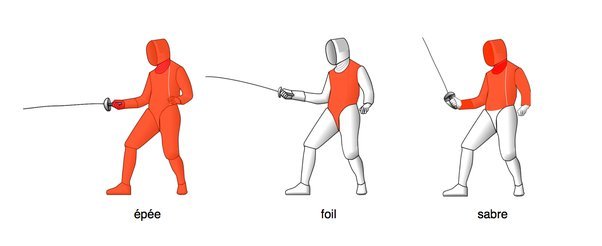
Introduction to Fencing
Fencing is a dynamic and strategic sport that involves two competitors engaging in a duel with swords. Originating from historical swordsmanship, modern fencing is an Olympic sport that emphasizes agility, precision, and tactical thinking. Participants use one of three types of weapons—foil, epee, or sabre—each with its own set of rules and target areas. Fencers wear protective gear, including masks and padded jackets, to ensure safety during bouts. The objective is to score points by making contact with the opponent within the designated target area, requiring quick reflexes and strategic maneuvering. Fencing not only builds physical fitness but also enhances mental acuity and discipline, making it a well-rounded and captivating sport.
Fencing has a rich history that dates back to the Middle Ages when it was developed as a form of combat and self-defense. The sport evolved from the ancient practice of swordsmanship used in duels and military training. In the 18th century, fencing began to take shape as a sport with the establishment of formalized rules and techniques in France and Italy. This period saw the creation of the Foil, Epee, and Sabre, which are still used today in modern fencing.
The FIE maintains the current rules used by major international events, including world cups, world championships and the Olympic Games.[3] The FIE handles proposals to change the rules at an annual congress.



